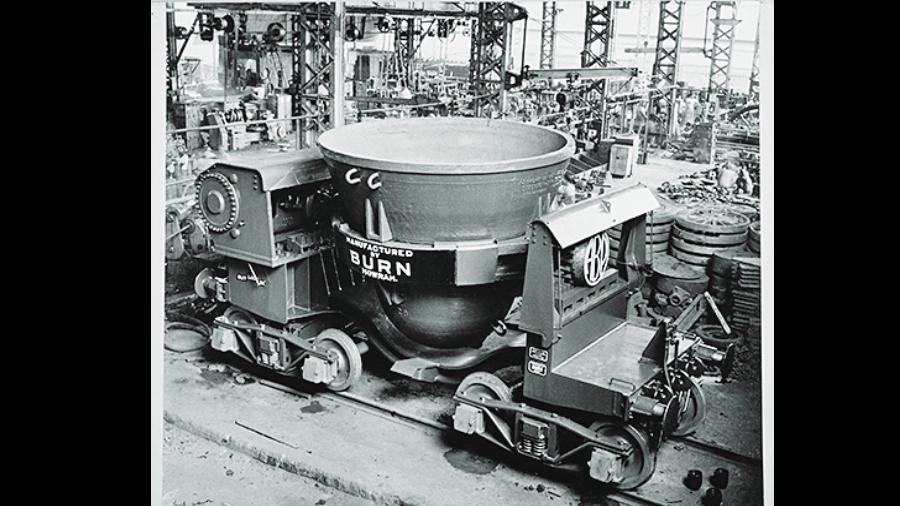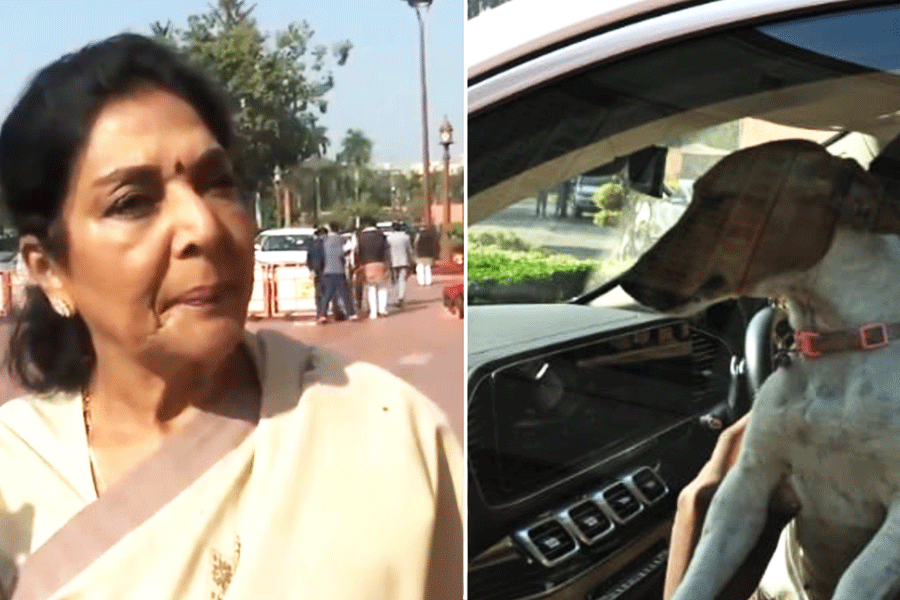Sunil Janah’s unique, dramatic and black-and-white silver gelatin prints of industrial photographs — they are part of an exhibition titled Making a Photograph at Experimenter, Ballygunge Place which ends today — show a brave new India that was emerging post-Independence in the Nehruvian era. It is widely known that the steel plants, jute mills, coal mines and car factories that were coming up in the late 1940s till the 1960s were once dubbed the new “temples of modern India” for it was hoped that a new egalitarian and secular India based on a socialist worldview was emerging and that it would leave behind the old, benighted India where religion had a stranglehold on the masses. Janah had photographed some prize industrial projects of those times — Bihar Steel Works, Rourkela Steel Work, Bhilai Steel Plant, Burn & Company in Howrah, Konar Dam DVC. Over the decades, we have realized how wrong those auguries were. However striking the prints may be, the irony is not lost on viewers.
A member of the Communist Party of India, Sunil Janah (1918-2012) is best known for his documentation of the 1943 Bengal Famine, of the struggle to end British rule in the Indian subcontinent and its horrific consequences. At that time, the artist, Chittoprasad, was Janah’s companion as they travelled all over the country and the latter joined the left-oriented Progressive Writers Association and the Indian People’s Theatre Association. According to Ram Rahman, curator and photographer, after he quit the party, “Janah was perfectly positioned” to photograph the giant industrial projects coming up all over the country. “For these assignments he bought a larger format Horseman camera... Influenced by the industrial photographs made in the United States of America by Margaret Bourke-White, these were strikingly graphic and modernist, quite different from his humanist portraits of our ordinary folk.”

Thus the aesthetics of geometry keep unfolding. Grids and sharp angles and lines — all made of rock-hard steel — running parallel to or intersecting and dominating the compositions greet the eyes of viewers. A line-up of cranes reaches out to the skies like human beings raising their clenched fists together as a triumphant gesture. Mountains of earth have been dug up amidst virgin land, wildernesses, hills and forests to make way for gigantic dams, factories, and mines. Smoke billowing from factories envelops the sky. It was a dream of progress achieved by harnessing machines. There are no human beings in sight in most prints, yet they leave no doubt in our minds about the purpose of fabricating these monstrosities — conquest of nature.
It would not be far-fetched to say that some frames characterized by the overpowering presence of silhouettes, and the subterranean world of mines may remind viewers of Gaganendranath Tagore’s Cubism-influenced painting based on Raktakarabi, Rabindranath’s play on how mechanization and human greed smother the wellsprings of life.
Given their harmful and toxic impact on the environment and the climate these vanguards of progress have been rejected outright. Many of these mammoth factories and plants have fallen by the wayside. People have lost their faith in giant dams constructed at the cost of displacement of thousands of inhabitants and damage to the ecosystem. Coal is widely accepted as the source of environmental disasters. Our dreams of progress have shattered. They have turned topsy turvy. What was the hero once is deemed a villain today.










